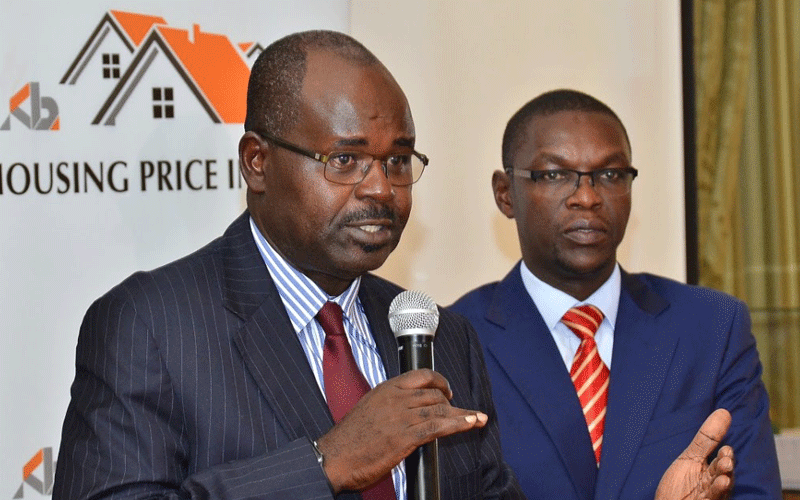Banks record Sh4.8tr asset growth in 2019, says KBA
By Noel Wandera, August 26, 2020Kenya’s banking sector recorded asset growth of Sh4.8 trillion as at the end of 2019 on account of increased private sector credit growth, a new report by Kenya Bankers Association (KBA) launched yesterday reveals.
Habil Olaka, the KBA chief executive said out of this, loans and advance totalled Sh2.7 trillion.
He, however, said although the industry’s assets continued to increase, the expansion was slow at 9.2 per cent, partly on account of the persistent rise in non-performing loans (NPLs).
“This is an indication that the industry will continue supporting enterprises and the economy in general,” said Olaka.
Olaka was speaking during the release of the second edition of the State of the Banking Industry Report 2020, amid the Covid-19 pandemic that hit the country beginning March, which has slowed the economy.
The report encompasses findings based on a comprehensive assessment of the banking industry’s performance over the past 16 years, with a focus on the year ending 2019.
Interest rate
In November last year, Kenya’s parliament agreed to ditch an interest rate cap that was introduced in 2016 to curb high borrowing costs.
The cap was widely blamed for choking business activity and economic growth especially for players within the small and medium enterprises (SMEs) sector, with banks declining to lend to the sector because of the risks involved.
President Uhuru Kenyatta repealed the rate cap through the Finance Act 2019, in a move that enhanced credit by the private sector especially the Micro, Small and Medium Enterprises (MSME’s) as well as cut out exploitative shylocks and other unregulated lenders.
According to the report, for the past four years, non-performing loans remained elevated at double digits as a share of gross loans, recording 9.4 percent in 2016 and crossing the double-digit mark in 2017 at 12.3 percent and increasing marginally to 12.7 percent and 12.6 percent at the end of 2018 and 2019, respectively.
Currently, NPLs stand at approximately 13 percent compared to the 4.4 percent to 8 percent range that was witnessed during the 2009 to 2013 period.
“The increase in gross non-performing loans over the years is mainly attributable to challenges in the business environment that led to cash flow constraints for borrowers.
The persistent drought and inclement weather experienced over the report period further affected key sectors, including agriculture and local manufacturing,” states the report.
Olaka said the expected slowdown of growth in 2020 due to the Covid-19 pandemic will shape the industry’s outlook in the near term, with market conditions remaining tight as credit quality weakens.
However, he said the industry was well poised to withstand market shocks induced by the pandemic as banks are sufficiently capitalized to weather shocks arising from the prevailing economic slowdown without triggering instability in the financial system.
‘’The implication of the capital sufficiency with adequate buffers that carried over from 2019 into 2020 means that the banking industry, which demonstrably dominates the Kenyan financial system, has remained a key line of defense in the economy when it comes to responding to the current economic slowdown,’’ said Olaka.
He said players within the sector continued to enhance efficiencies of their operating models, and were also seeking economies of scale associated with efficiency gains, thus enabling the institutions to navigate an increasingly competitive market environment through innovative operations and approaches.
He observed that market driven changes in the structure of the banking sector with the attendant market power will continue.
“Any changes in market power arising from mergers and acquisition have not been at the expense of competition but rather the resulting competitive gains have enhanced pursuit for efficiency,” said Olaka.
